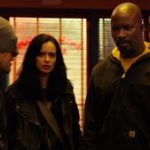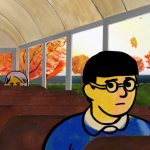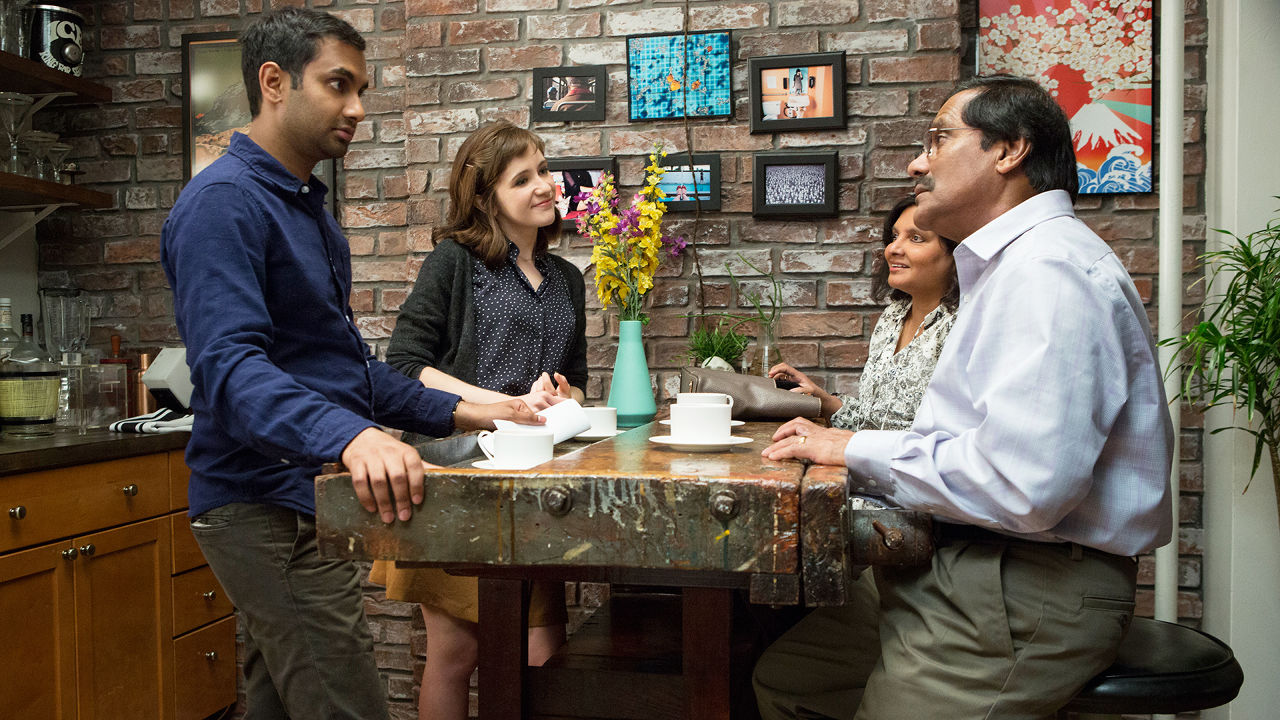“Master of None” Co-Creator And “Parks and Rec” Writer Alan Yang On Breaking a Story
One term you’ll hear a lot in the world of TV writing is “breaking the story.” Master of None‘s Alan Yang breaks down how it’s done.
The opening credits on most TV shows often come with a side order of lies. The main offender is the “written-by” credit. It’s a suspiciously narrow designation that suggests one or possibly two story-artisans painstakingly handcrafted every plot-point, every turn, and every string of sparkling banter that make up the episode all on their own. Barring some exceptions, what actually happens is an entire writers room full of interlocking personality types forms like a comedy Voltron to pitch and polish ideas until one or two writers have enough material to go off and write up a draft. It’s a process that’s known as breaking a story, and it is incredibly difficult to do.
One person who knows more about it than most, though, is Alan Yang.
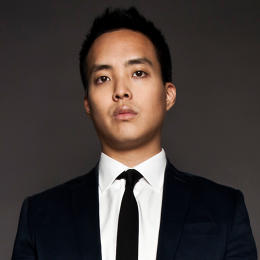
As an early hire on Parks and Recreation, who stayed on all the way through to the triumphant series finale seven years later, Yang cut his teeth working with smart sitcom svengali Mike Schur. Before that, he’d spent a season writing on South Park, but it’s Yang’s most recent project that’s sparked the most conversation this winter. Ever since Netflix released the entire season of Master of None, the deeply personal half-hour comedy Yang co-created with star Aziz Ansari, fans have been retiring to their couches for hours on end, pausing only to recommend the show to friends. Master of None is a funny, sincere series about identity, modern romance, and more, that’s so of the moment, you can practically hear someone yell “cut” right in your apartment.
Since it’s not on a traditional network, the show’s episodes are allowed to unfold at a more leisurely pace—but that doesn’t mean Yang abandoned what he learned about storytelling at Parks and Rec. Although the “written by” credit on almost every episode is attributed to creators Yang and Ansari, the two used a writers room of funny, trusted friends and colleagues like Joe Mande and Andy Blitz to help with breaking stories.
“I’m a huge believer in story being this invisible scaffolding that no one ever recognizes or realizes is actually making the audience engaged in what’s going on,” Yang says. “There is no formula for it. Sometimes a story will break in a day and you’ll have the episode, and then other episodes it’ll take weeks and weeks. It’s just a thing that I think you learn over time, and being in writer’s rooms really helps, but there’s just no magic bullet.”
Despite the lack of any easy solutions, Yang spoke with Co.Create recently and attempted to demystify the process by which your TV sausage is made. While we await to find out whether there will be a second season of the universally beloved Master Of None, have a look below at indispensable tips for would-be TV writers and a peek behind the curtain for everyone else.
Finding The Germ Of a Story
“When Aziz and I are out, we are constantly writing stuff down on our phones and recording any interesting idea or interaction. But generally, stories tend to start when we hit upon a topic or an emotion or an observation that really sparked something—either a conversation or a debate or a fight—just something that we felt like could be the germ of a story. We’re trying to come up with anything that we’re really excited or passionate about, rather than a setting or a joke or something.”
More Problems Is a Solution
“We brainstormed a bunch of topics and ideas and possible episodes for Master of None and just talked about them. You talk about them and you see if you hit on any strand or any narrative chunk that could be the spine of it. Generally, it’s a good sign if you start with an idea and it poses a problem for the character, or puts them in a situation where they have to make a choice. That’s a great first step. Once you have an idea or a feeling you want to communicate and it creates a problem for the character, you’re past the first hurdle. The next thing is deciding, okay, what are the obstacles to this character’s goal? What’s standing in the way?”
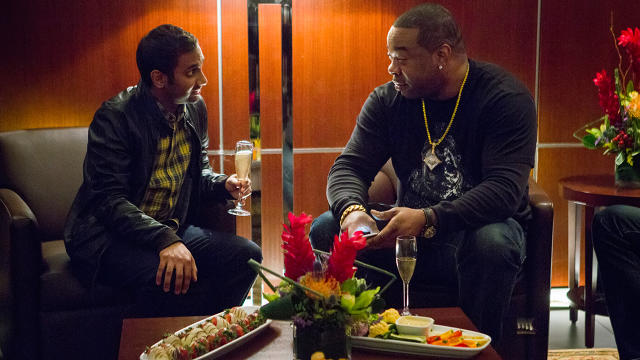
A Story Should Feel Real—But Also Really Interesting
“A really important tension in the writer’s room, and I say tension not in an actual physical sense but in a sense of the two poles you’re going in between, is, first of all: Is it something that could really happen in that situation? And the other one is: Is it propulsive? Is there enough story momentum? When it feels real and you’re excited to see what’s gonna happen next—that’s where you want to be. And often times those two things can be exclusive because we’re not always doing wild, fantastic, crazy story-moves in our real lives. And at the same time, you don’t want a really boring, slice of life sort of nothing-happens episode, but you also don’t want one that feels contrived or false.
“Parks and Rec and Master of None are a little different, tonally. Parks is more of an ensemble, more happens, plot-wise, in each episode generally, and it’s a bit of a faster moving show, whereas Master of None is a little talkier. Early on in the writer’s room on Master of None, we did an episode called Indians On TV where Aziz’s character gets a quasi-racist email accidentally forwarded to him and that episode took a long time to break because we explored a lot of different avenues. And one of the plot moves we came up with at one point was well what if Aziz’s character started some sort of protest and then there was picketing outside the building. And while that’s good in some ways, it’s a very active move and very visual and exciting to watch, we just didn’t feel like that was something that would really happen. We all felt like if we were in that situation we probably wouldn’t start a protest and Aziz felt like he wouldn’t do that if he were the actor involved. On a show with broader story moves, that might have been what happened. But as far as we were concerned, the more interesting move was the more real one, which is just that he would have a meeting with the executive, and then we went from there.”
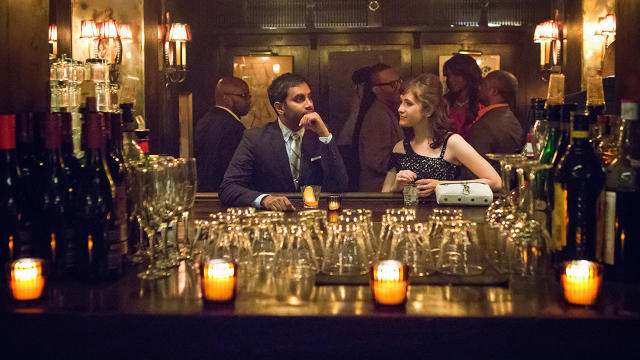
B-Stories Build Momentum, But Are Not Necessary
“We got kind of into a rhythm at Parks because there were so many characters that we had an A story, a B story, and a C story just about every episode. So by the middle of that show’s run we always had three stories and it worked really well. On Master of None, the majority of the episodes were just one story and that was by design, because we really wanted to focus in on the character of Dev and get the audience in his head. But sometimes the B story is wonderful. It’s a breather for the audience, it allows for cross cutting in between stories, it can be good for narrative momentum as you see in a lot of action movies and crazy adventure movies and Star Wars. Some of the most exciting moments in Star Wars are when you’re cutting between stories and you’re building this momentum.”
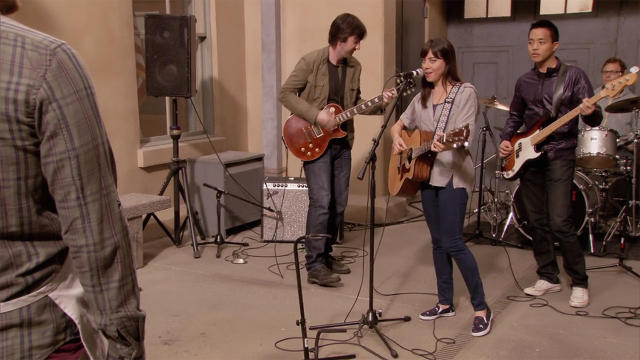
Talk About The Episode Like You’ve Already Seen It On TV
“Because Master Of None was so personal, Aziz and I had a pretty strong idea of which episodes we wanted to do and which ones were less important to us. So we sort of used the writer’s room to help us break these stories and really hammer out act one, act two, act three and figure out where we wanted to go narratively, and then Aziz and I would go off and write drafts.
“One thing that helped was we did a lot of reading out loud. Here’s the idea, now let’s pitch out the story and let’s go through every beat. And we did this on Parks and Rec too but really just: ‘Okay, tell me the story of this episode. If you saw the episode on TV last night and you wanted to tell your friend at work what happened, what would you say?’ And if you can do a fairly coherent five-minute, seven-minute, 10-minute retelling of the story and it’s interesting and funny and people are laughing, you probably have a good kernel for an episode and you might be on your way to an outline. And then we would go through the outline in the room. And when we’d come back with a draft we’d read the whole draft again in the room, with different writers playing different parts.”

Look For Jokes That Advance The Plot
“We used to talk about it on Parks and Rec, about a scene that does double duty, which is a scene that’s intrinsically funny but also advances the story in an interesting way. And if you can find a lot of scenes that do double duty, you’re in a good place. You’re not alternating between a crazy comedy scene that doesn’t do anything for the story and then a boring story scene that doesn’t really entertain. But with Master of None, we weren’t so scared to have scenes without a ton of jokes. We wanted there to be more room to breathe, and we wanted it to be more natural.”
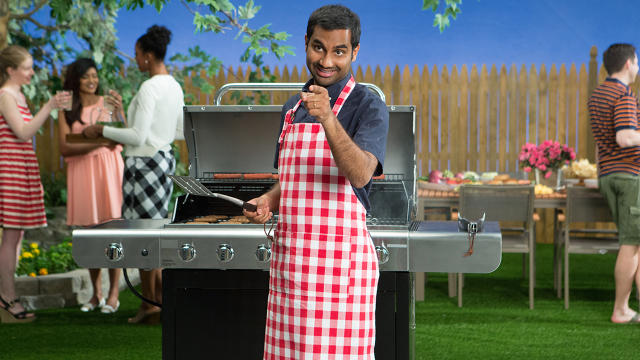
The Hardest Part Of a Story To Crack
“Generally, I think the beginning is a little bit easier. We know this girl is gonna not text Dev back. That’s an easy beginning! Endings often have their own unique problems. I am stealing this from someone, I don’t remember who, but the best endings are both surprising yet inevitable, and they seem so obvious but also give the audience a jolt of excitement and surprise that these disparate elements they’d seen over the course of the episode are combining again at the end and there’s something very satisfying about the emotional journey the character has taken. But I think it’s got to be the obstacles and the strategy along the way. There’s gotta be twists and turns and figuring out that rough middle section. Because that’s the meat of what you’re doing and it’s got to feel really true and real and also be engaging. So I guess I’m saying anything but the very beginning is the hardest part.”
Fast Company , Read Full Story
(79)







